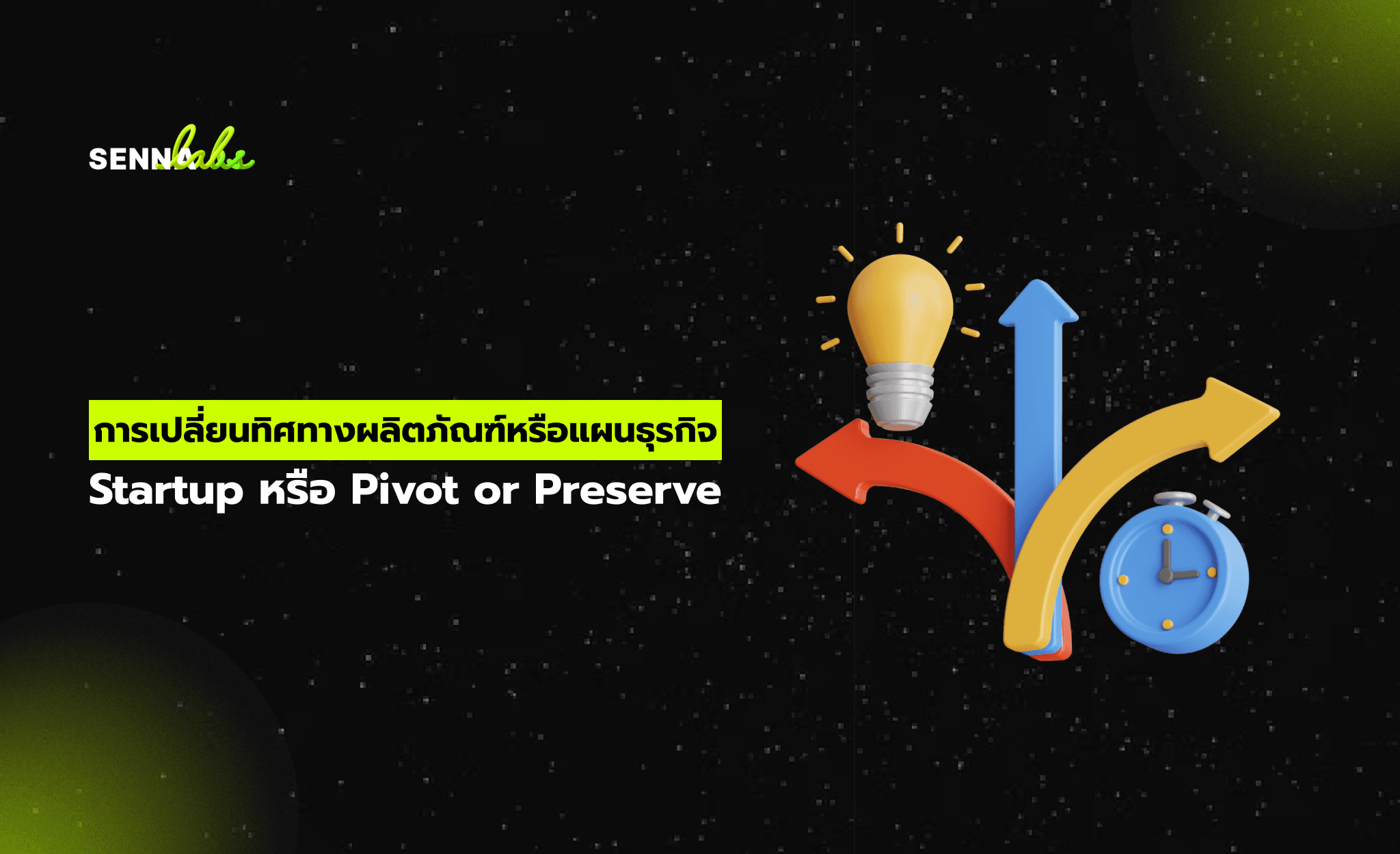Building an Efficient Multilingual Content Workflow
Share

Streamline Translation Across Languages, Teams, and Time Zones
Launching a multilingual website is a significant milestone—but maintaining one? That’s where the real challenge begins.
Once your site supports multiple languages, the need for ongoing content updates, consistent brand voice, and timely releases across markets becomes increasingly complex. Without a solid workflow, multilingual content quickly devolves into chaos—misaligned translations, outdated pages, and missed deadlines.
The solution? Build an efficient multilingual content workflow that brings structure, automation, and collaboration to your translation process. In this article, we’ll break down how to create that workflow using translation memory, glossary tools, and cross-functional approval systems. You’ll also see a real-world example of how a SaaS company used Lokalise and GitHub to scale their translation workflow across three countries.

Why Workflow Matters More Than the Translation Tool
Many companies think their problem is “translation,” when in fact the real issue is process. It’s not enough to have a tool for converting English to French or Spanish—your team also needs:
-
Shared language assets (e.g., glossary, brand voice)
-
Clear roles and responsibilities
-
Automation for repeated steps
-
Centralized version control
-
Approval checkpoints before publishing
Without this structure, even the best translation tools will fall short.
Core Elements of a Multilingual Content Workflow
1. Translation Memory (TM)
A translation memory is a database that stores previously translated phrases and sentences. When a similar or identical string appears in new content, the system suggests it automatically—saving time and improving consistency.
Benefits:
-
Reuse of approved translations
-
Consistent terminology across pages and campaigns
-
Reduced translation costs for duplicate or near-duplicate content
-
Faster onboarding for new translators
How to implement it:
-
Use tools like Lokalise, Smartling, or MemoQ
-
Store TM centrally and link it to your CMS or translation platform
-
Make TM accessible to all translators and editors
2. Glossary and Terminology Tools
Even experienced translators can misinterpret brand-specific terms. That’s why creating a translation glossary—a set of key terms with approved translations—is critical.
What to include:
-
Product names
-
Brand taglines
-
Industry-specific jargon
-
Words that should remain untranslated
-
Tone and usage guidance (e.g., formal vs. casual)
Pro tip: Include do-not-translate lists and examples of incorrect usage to speed up QA.
3. Cross-Team Workflow: Content, Localization, and Dev
Efficient translation requires collaboration between three core functions:
-
Content teams create and own the source material
-
Localization teams (internal or freelance) manage the translation process
-
Development teams integrate the translated content into the website or product
To coordinate these teams, create a clear workflow that defines:
-
Who initiates translation requests
-
Where translations are stored (e.g., CMS, TMS, Git)
-
Who reviews and approves each language
-
When updates are pushed live
Workflow tools like Trello, Asana, or Jira can be customized to match your localization steps.
Real-World Example: Lokalise + GitHub in a SaaS Company
A fast-growing SaaS company based in Europe needed to scale its website and in-app content to support English, German, and Japanese users. Their challenge wasn’t translation—it was syncing updates across teams in different countries.
Key problems:
-
Content changes were often delayed or released in English only
-
Translators worked in Google Docs with no connection to code
-
Developers hardcoded translations, leading to deployment delays and rework
-
The Japanese team regularly reported inconsistencies in terminology
Their solution:
-
Integrated Lokalise with GitHub
-
Strings were automatically extracted from code and uploaded to Lokalise
-
Translators worked directly in Lokalise’s interface, seeing real UI context
-
Approved translations were pushed back to GitHub via pull requests
-
Set up translation memory and glossary
-
Key terms were aligned across all three languages
-
Editors had access to approved phrases while translating
-
Established a sprint-based review cycle
-
English content updates were locked for 48 hours to allow translation
-
All languages were reviewed and approved before pushing live
-
A content manager tracked progress and bottlenecks using Asana
Results:
-
Translations were released in all three languages simultaneously
-
Delivery time for translated content dropped by 40%
-
Terminology consistency improved significantly, especially in Japanese
-
Content updates synced with product releases without extra developer effort
This unified system empowered teams across time zones to work together efficiently without manual copy-paste or broken strings.
Best Practices for Multilingual Workflow Success
-
Centralize everything. Use a cloud-based translation platform with version control and role-based access.
-
Automate where possible. Set up integration with your CMS, Git repository, or API to minimize manual handoffs.
-
Standardize your process. Create internal localization guidelines and templates to keep everyone aligned.
-
Include native reviewers. In-country QA ensures your content reads naturally to real users.
-
Plan for scale. Even if you start with 2–3 languages, build a workflow that can expand without breaking.
Final Thoughts
Translating your content is one thing—managing that translation efficiently at scale is another. As you expand into new markets, your success will depend not just on how well you translate, but on how well your teams collaborate, automate, and maintain consistent quality.
A modern multilingual content workflow relies on:
-
Smart tools like translation memory and glossaries
-
Clear communication between content, localization, and development teams
-
Workflow automation that scales with your product
When you get these elements right, launching in new languages becomes repeatable—not a reinvention every time.

Share

Keep me postedto follow product news, latest in technology, solutions, and updates
Related articles
Explore all


